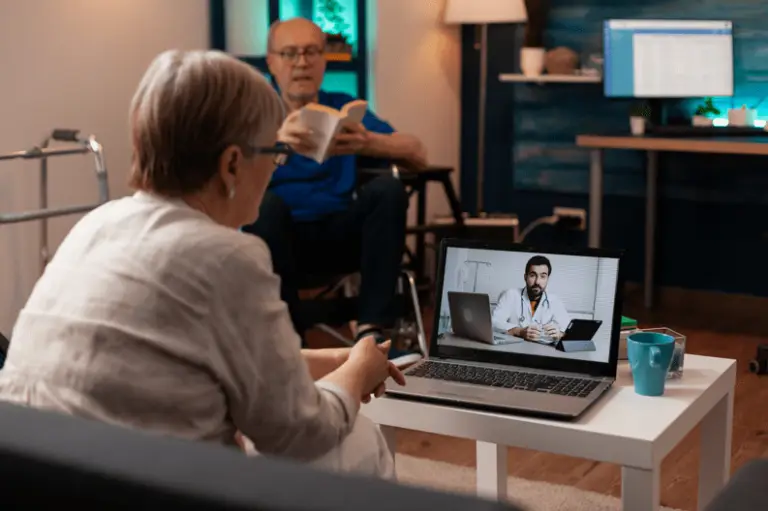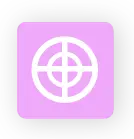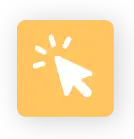The latest technological innovation that’s receiving significant attention in the medical industry is Remote Patient Monitoring (RPM). Set to grow at a rate of at least 26.7% to 2027, RPM is here to stay. This guide will discuss remote patient monitoring devices.
We will explain their importance, advantages, and the main beneficiaries of this technology.
What are Remote Patient Monitoring Devices?
Remote Patient Monitoring Devices help doctors monitor vital signs, symptoms, and health data of patients from afar.
Information from a remote monitoring device is sent instantly to healthcare providers, allowing for ongoing monitoring and proactive care.
The technology allows medical providers to gain insights into patient vitals beyond the confines of the organization. This was very helpful in rural areas. In these areas, it is difficult to access healthcare due to long distances. Patients also face challenges in getting around.
How Does Remote Patient Monitoring Work?
RPM continuously monitors patient health, providing healthcare providers with valuable insights into their well-being. A central system connects devices like blood pressure monitors, weight scales, continuous glucose monitors, thermometers, and other remote patient monitoring devices. This system securely collects and transmits patient data, allowing physicians to access it remotely. The data can be transmitted in real-time, offering a detailed, up-to-the-minute picture of the patient’s health status.
RPM devices can also be seamlessly connected to Electronic Health Record (EHR) systems. This integration makes sure that patient data from home health monitors is sent securely to their EHR right away. This connection simplifies data management and ensures that crucial patient information is readily available for reference and analysis.
Advanced Features of Remote Patient Monitoring Systems
RPM Systems are revolutionizing the healthcare industry by providing continuous, real-time data that enhances patient care. Like we’ve mentioned, these systems integrate various patient remote monitoring devices such as blood pressure monitors, glucose monitors, and weight scales. Remote health monitoring devices like these are crucial for managing chronic conditions and ensuring patients receive timely medical interventions.
Continuous health monitoring devices allow healthcare providers to monitor patients around the clock, offering insights that can lead to better treatment plans and outcomes. Remote blood pressure monitoring devices, for example, continuously track a patient’s blood pressure and alert healthcare providers to any abnormalities. This proactive approach helps prevent complications and ensures that patients receive the necessary care promptly.
Telemonitoring devices and digital health monitoring devices further enhance the capabilities of RPM systems. These tools enable remote consultations, reducing the need for in-person visits and making healthcare more accessible, especially for patients in rural or underserved areas. The integration of remote health monitoring technology with Electronic Health Record (EHR) systems ensures that patient data is always up-to-date and easily accessible to healthcare providers.PM
5 Most Popular Remote Patient Monitoring Devices
RPM devices have revolutionized healthcare, helping patients take care of themselves and communicate with their healthcare providers. Among the many RPM devices, five stand out as the most popular and impactful tools:
1. Blood Pressure Monitor
The Blood Pressure Monitor helps manage high blood pressure, a common condition affecting many people globally. These remote patient monitoring devices for blood pressure are designed to monitor a patient’s blood pressure and transmit the data in real-time to healthcare providers.
It consists of an arm cuff and a digital monitor that measures both systolic and diastolic blood pressure, providing healthcare professionals with invaluable insights into patients’ cardiovascular health.
Blood pressure remote monitoring is instrumental in helping patients with high blood pressure maintain their condition under control. The ability to monitor blood pressure continuously provides healthcare professionals with invaluable insights into patients’ cardiovascular health.
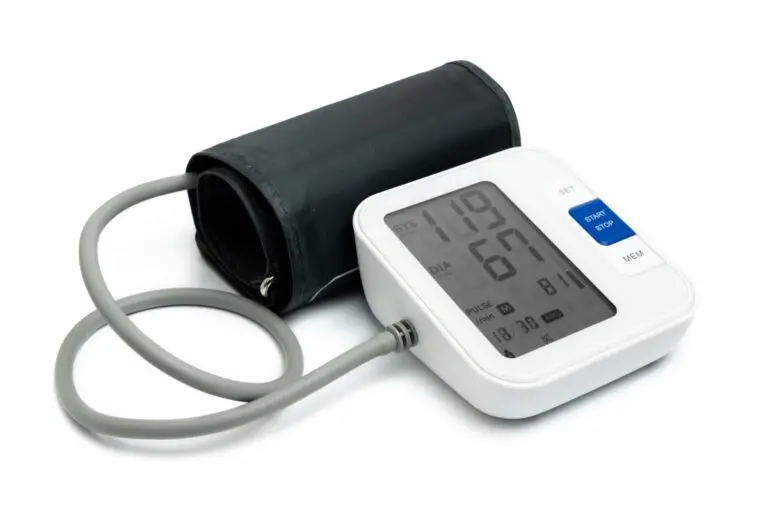
2. Weight Scale
The Cellular Weight Scale is an essential tool for patients looking to manage their weight effectively. This device records a patient’s weight and body mass index (BMI) and transmits the data to healthcare providers. It’s often used by patients with chronic conditions, those undergoing weight management programs, and post-surgery patients.
This device is a valuable asset for assessing a patient’s progress in weight management or recovery. Doctors use it to monitor weight changes and find problems such as fluid retention or loss. These issues could be signs of health problems.
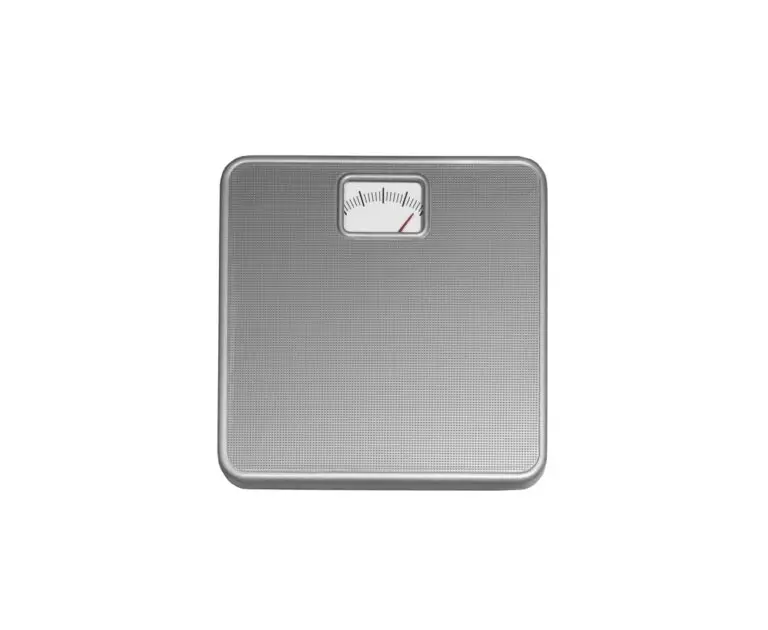
3. Pulse Oximeter
The Cellular Pulse Oximeter is important for patients with breathing problems like COPD or asthma. It checks how much oxygen is in your blood and your heart rate, giving you a quick look at your breathing.
Patients with respiratory conditions require continuous monitoring to detect early signs of respiratory distress or oxygen level fluctuations. This continuous patient monitoring device allows healthcare providers to intervene fast when oxygen saturation levels drop below the norm, preventing severe complications.
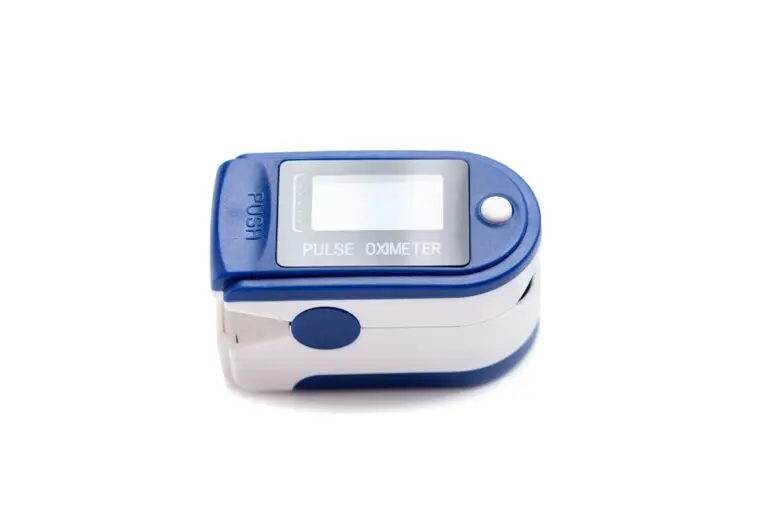
4. Blood Glucose Monitor
The Cellular Blood Glucose Monitor is indispensable for individuals with diabetes. It monitors blood glucose levels through a fingerstick test and transmits the results in real-time. When it comes to devices for remote patient monitoring, this RPM device assists both patients and healthcare providers in managing diabetes effectively.
Patients with diabetes rely on accurate and timely blood glucose readings to adjust their medication and diet. With continuous monitoring and data transmission, healthcare providers can offer personalized advice and reduce the risk of diabetes-related complications.

5. Thermometer
The Cellular Thermometer is crucial for monitoring patient health during infectious diseases and pandemics. It allows patients to measure their body temperature and transmit this data for immediate assessment.
The Cellular Thermometer can monitor temperature changes without being invasive. This makes it helpful during health emergencies. It is also useful for checking patients with a fever. Real-time temperature data helps healthcare providers identify infections or complications early, ensuring timely interventions and preventing the spread of contagious diseases.
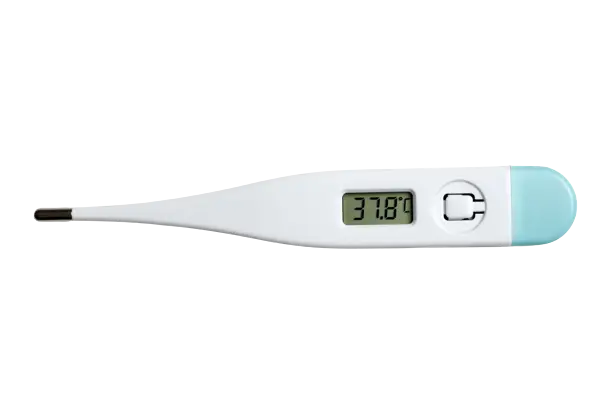
Read More: Top 10 Benefits of RPM
Other Remote Patient Monitoring Devices
Remote Patient Monitoring (RPM) includes many specialized tools for different healthcare needs, in addition to the devices mentioned earlier.
In this section of the article, we will explore some remote patient monitoring devices in healthcare that are important for monitoring and managing different health conditions.
1. Electrocardiography (ECG) Devices
ECG devices are vital for monitoring heart health and detecting irregular heart rhythms. People with heart conditions or at risk of heart problems can use portable ECG devices. These remote monitoring devices in healthcare monitor and send data about their heart’s electrical activity, offering valuable insights into cardiac health and enabling timely interventions. Examples of remote patient monitoring devices include cellular bluetooth medical monitoring devices and electronic health monitoring devices that provide continuous health data for comprehensive care.
2. Anticoagulation Testing Device
Patients on anticoagulant medications, such as Warfarin, require regular monitoring of their blood’s clotting properties. Anticoagulation testing devices, often handheld, enable patients to perform coagulation tests at home. Home medical monitoring devices send results to doctors to ensure medication doses are correct, lowering the chance of problems with blood clots. This is an example of how remote patient management devices enhance patient care and safety.
3. Maternity Care Monitoring
Devices for maternity care monitoring ensure the health of both the mother and the baby. These health monitoring devices track the baby’s heart rate, contractions, and other parameters that allow us to monitor the mother’s health. Patient home monitoring devices help doctors act quickly if there are problems, providing critical support during pregnancy.
4. Pediatric At-Home Monitoring
Monitoring the health of pediatric patients, especially those with chronic conditions, can be challenging. Home patient monitoring devices can track children’s health indicators such as temperature, breathing rate, and oxygen levels. These home monitoring medical devices help parents and caregivers detect any issues early, ensuring timely medical interventions.
5. Medication Monitoring
Medication adherence is crucial for patients managing chronic conditions. Medication monitoring devices, including intelligent pill dispensers and medication adherence apps, help patients follow their medication schedules. These remote medical devices can also send reminders to healthcare providers when doses are missed, ensuring timely interventions.
6. Medical Alert Systems
Medical alert systems are worn as necklaces or bracelets, allowing patients to easily reach emergency responders or healthcare providers. They are especially crucial for individuals at high risk of falls, those with severe allergies, or those requiring immediate assistance in emergencies. These remote monitoring tools in healthcare provide a vital safety net for vulnerable patients.
Essential Features of Remote Patient Monitoring Systems
When evaluating remote patient monitoring systems, healthcare providers should look for comprehensive features that ensure effective patient care and seamless integration with existing systems. Here are some essential features to consider:
At Home Health Monitoring Devices and Remote Patient Monitoring Tools and Systems
Top remote patient monitoring companies offer a variety of at home health monitoring devices that allow patients to track their health conditions from the comfort of their homes. These devices should be user-friendly and provide accurate, real-time data.
The best remote patient monitoring tools include advanced health monitoring devices and remote equipment health sensors that track vital signs such as blood pressure, glucose levels, and weight. These tools are crucial for remote patient monitoring for healthcare providers, offering continuous health insights and enabling proactive care.
Comprehensive Solutions
Look for providers that offer remote patient monitoring kits which include all necessary equipment and software for a complete monitoring solution. The best remote patient monitoring companies provide systems that integrate seamlessly with Electronic Health Records (EHRs) to ensure data accuracy and accessibility.
Top Remote Monitoring Companies
The leading remote patient monitoring companies are recognized for their innovation, reliability, and comprehensive solutions. They often rank among the top remote patient monitoring companies and are known for their ability to deliver robust, scalable systems that cater to diverse healthcare needs. The best remote patient monitoring company in the USA typically offers advanced features such as remote vital sign monitoring devices and patient monitor clinical devices solutions.
Security and Compliance
Ensuring rpm device security is paramount. The best systems are HIPAA-compliant and use advanced encryption to protect patient data. Regular security audits help maintain a secure remote health monitoring system.
Diverse Applications
Examples of remote patient monitoring devices include tools for remote patient monitoring blood pressure, monitoring for weight loss, and remote weight monitoring. These devices are part of comprehensive remote based patient monitoring programs that support a variety of health conditions.
What to Look for in a Top Remote Patient Monitoring Company
Choosing the right Remote Patient Monitoring (RPM) provider is crucial for healthcare organizations aiming to implement advanced systems.
Here’s what to look for in a top Remote Patient Monitoring (RPM) company:
Comprehensive Solutions
Top remote patient monitoring companies offer a wide range of remote patient monitoring products and tools tailored to meet specific healthcare needs. These solutions should include a variety of patient remote monitoring devices like blood pressure monitors, glucose monitors, and weight scales, all integrated into a cohesive system.
Cutting-Edge Technology
A leading RPM provider will use the latest remote patient monitoring technology to ensure data accuracy, security, and seamless integration with existing healthcare infrastructure. Look for companies recognized for their innovation and reliability. Remote health monitoring technology should support real-time data transmission and integration with Electronic Health Records (EHR) systems.
Experience and Reliability
The best RPM companies are often listed among the top 10 remote patient monitoring companies for hospitals and are known for their extensive experience and high-quality service. They should offer robust and scalable solutions that cater to diverse healthcare settings, enhancing patient care through continuous health monitoring devices.
Hardware and Software Solutions
Top remote patient monitoring device companies not only supply the necessary remote medical devices and remote monitoring equipment but also provide software solutions. The best remote patient monitoring software should enhance the functionality and user experience of RPM systems, offering features like customizable dashboards, predictive analytics, and evidence-based recommendations.
Support and Training
A reputable RPM provider will offer comprehensive support, including device management, patient training, and technical support. They should also handle compliance monitoring, claims submission, and billing processes to streamline operations for healthcare providers.
Transforming Healthcare with Remote Patient Monitoring
Remote Patient Monitoring (RPM) is changing healthcare by providing continuous monitoring and real-time data to improve patient care and management. The array of devices available, from blood pressure monitors to thermometers, empowers healthcare professionals across various specialties.
Remote blood pressure monitoring devices and intelligent remote monitoring devices offer innovative solutions for chronic condition management. Remote health monitoring technology ensures that patient data is always available for timely interventions, making remote patient monitoring systems essential for modern healthcare.
The best remote patient monitoring solutions come from companies that offer comprehensive, secure, and integrated systems. Neolytix, with over 12 years of experience, exemplifies these qualities. They provide healthcare providers with advanced remote patient monitoring equipment, remote patient monitoring products, and cutting-edge remote patient monitoring technology.
Neolytix’s commitment to delivering superior remote patient management devices and support services makes them a leading choice in the industry.
For more information about RPM services or to explore how RPM can benefit your practice, schedule a free demo with us. Experience the future of healthcare with Neolytix and discover why we are among the best remote patient monitoring services in the USA.
Schedule a free consultation to learn more
Complete the form, and someone from our team will contact you!
